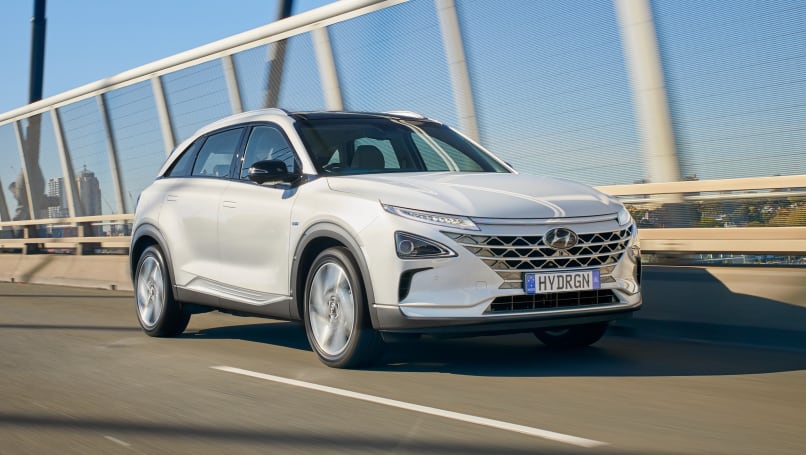
Victoria commits $10 million to studying hydrogen fuel-cell electric vehicle viability

The Victorian government will tip in $10 million to build a hydrogen fuel-cell electric vehicle (FCEV) test hub in Melbourne’s south-east to research and trial the new fuel source on local roads.
Dubbed the Victorian Hydrogen Hub (VH2), the centre will be based at the Swinburne University of Technology, who will handle the real-world testing of FCEVs like the recently-revealed second-generation Toyota Mirai.
The CSIRO will also be a key partner – leading research on the alternative fuel source – who will also be allocated $1 million to build a new refuelling station at its Clayton campus.
Though no hydrogen fuel-cell electric vehicles (FCEVs) are available to purchase to the Australian public yet, Toyota has committed to offering its newly-revealed second-generation Mirai sedan to business and fleet customers, while Hyundai has already sold 20 Nexo SUVs to the ACT government.
One of the largest hurdles cited with the adoption of FCEVs in Australia is the lack of refuelling infrastructure, which Toyota and Hyundai have tried to overcome by building their own stations at facilities in Melbourne and Sydney respectively.
Plans to open the first public hydrogen refuelling station in the Canberra suburb of Fyshwick however, had to be postponed from late last year.

Toyota Australia also built its own mobile refuelling station to tour the country with its first-generation Mirai in mid-2016 to drum up interest in the technology.
CSIRO executive director Nigel Warren said hydrogen could form a key part of Australia’s automotive future.
“As Australia considers energy alternatives, we know hydrogen is clean and will be cost-competitive – but a major barrier to it becoming a fuel source for cars and trucks is how to refuel, and the lack of refuelling infrastructure,” he said.
“The refueller is a significant step towards removing that barrier.”
Toyota Australia manager of future technologies Matt MacLeod, meanwhile, said the brand will provide the centre access to its new Mirai vehicle.
“This is a significant step towards having the necessary refuelling infrastructure to help grow hydrogen opportunities in Australia,” he said.
“We look forward to working closely with CSIRO and their partners on this exciting project.”

The advantage of an FCEV over a battery electric vehicle (BEV) is its little downtime.
Whereas a full electric vehicle needs time to plug in and top up (sometimes taking overnight), an FCEV can be refuelled with hydrogen as quick as a petrol or diesel vehicle.
FCEVs produce electricity to power the vehicle with the only waste product being water vapour, while driving range can reach around 600km depending on model.










Comments